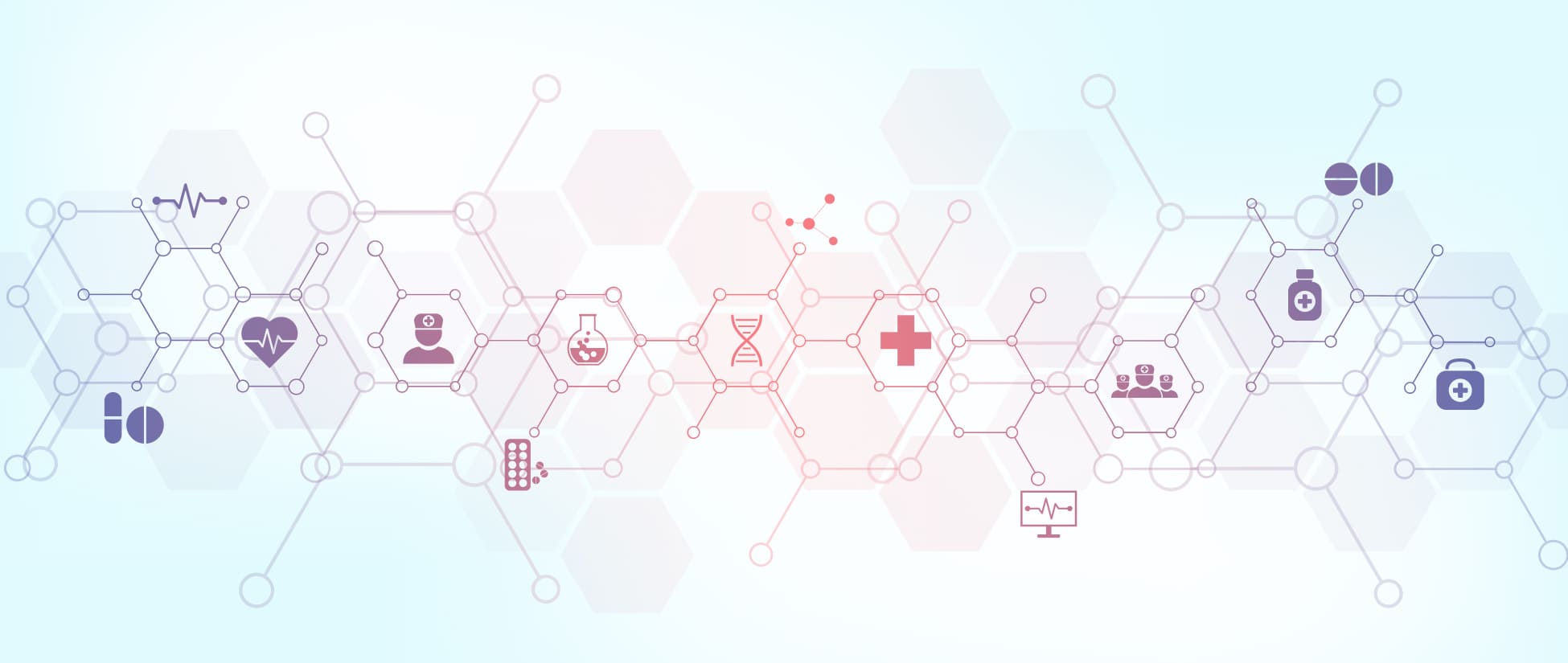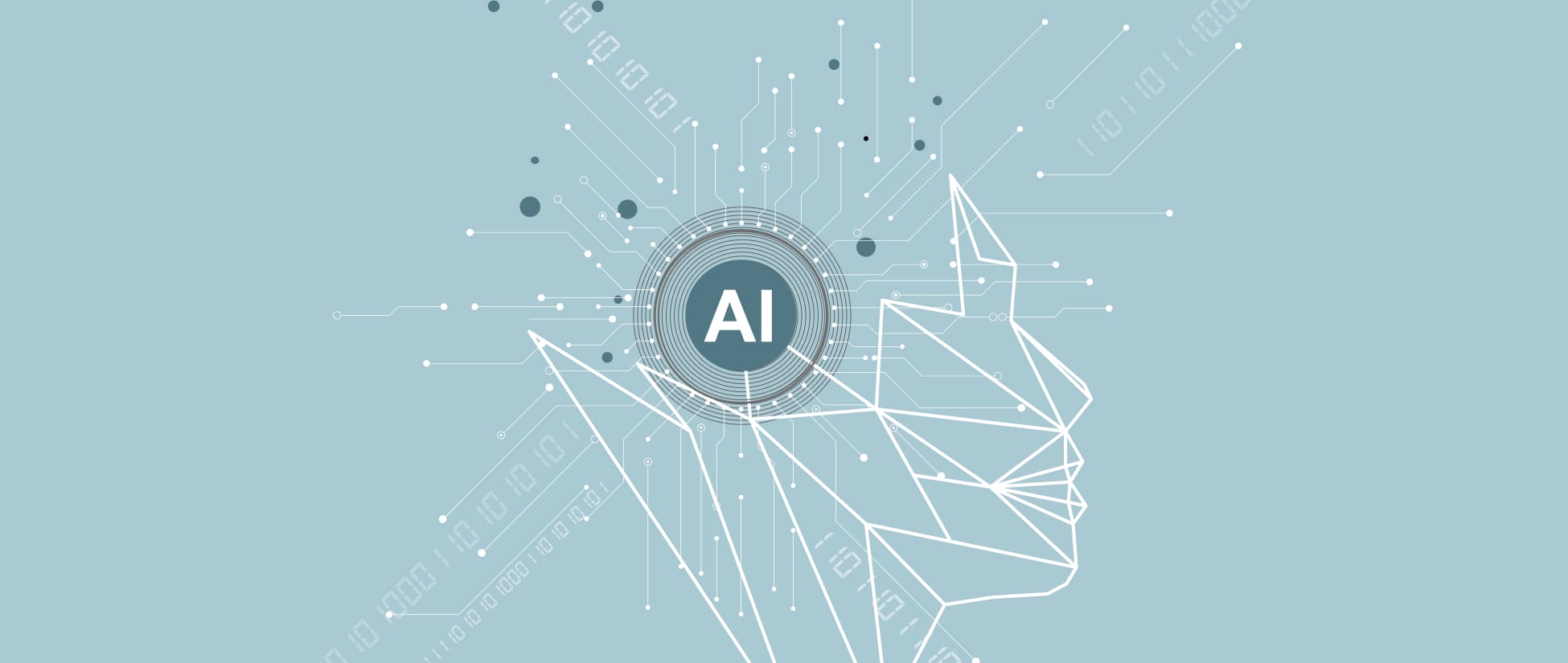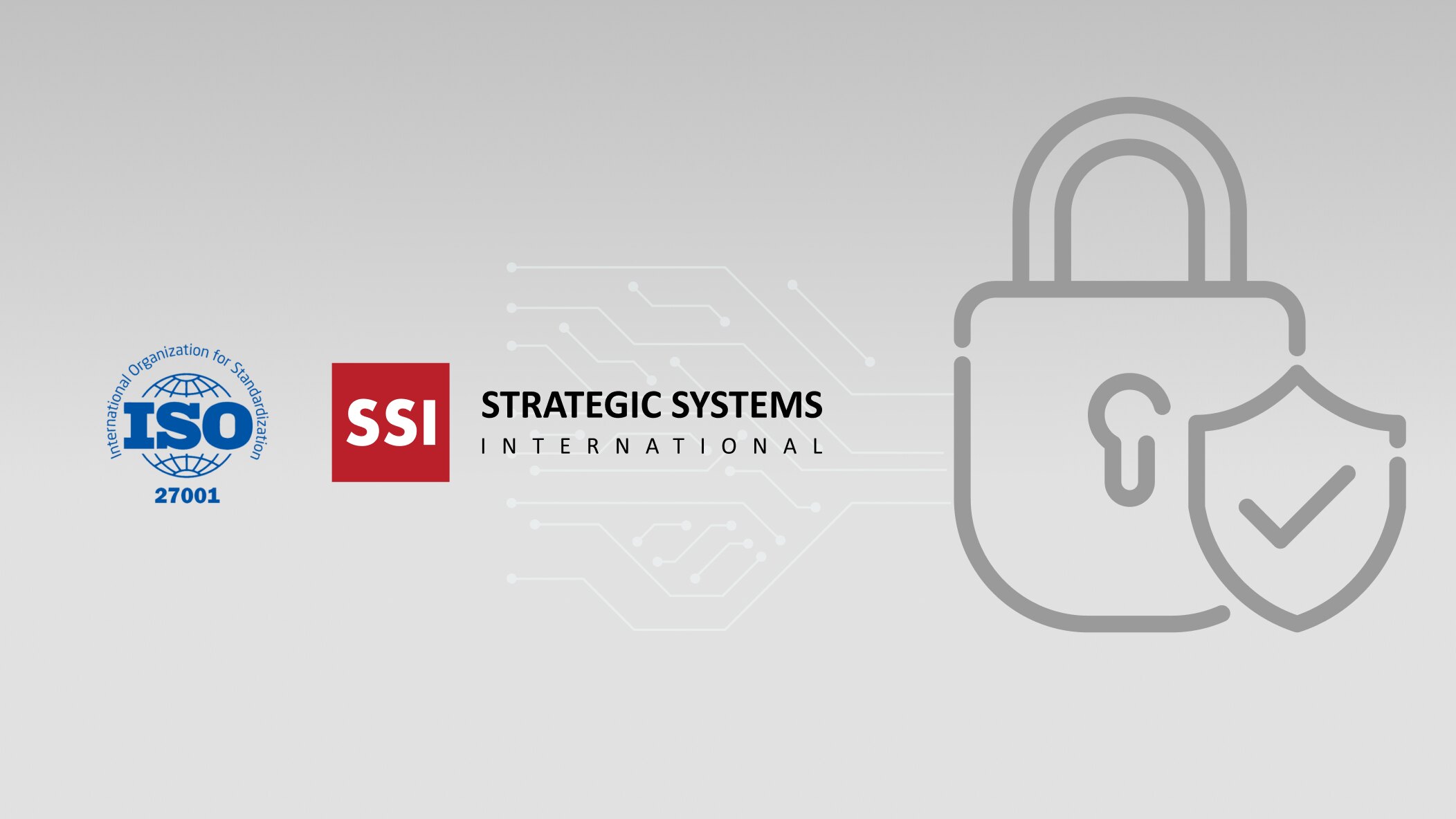In recent years, there has been a surge in mobile health, e-diagnosis, and digital medication services. A recent study by Tata Consultancy Services, which surveyed 56 leading healthcare organizations, found that 86% of them have already embraced AI. According to the World Health Organization’s Global Observatory for eHealth survey, AI is driving innovations in areas such as teleradiology, telepathology, teledermatology, and telepsychiatry.
Read More: Artificial Intelligence Will Continue to Innovate and Automate Across Industries
How is AI Empowering Telemedicine?
1. Improved Diagnoses with AI
When remote consultations are integrated with AI, significant progress can be made despite limited access to specialized professionals. AI can help reduce hospital wait times and streamline administrative tasks. While much of this currently applies to in-person visits, predictive analytics can assist telemedicine patients in finding specialists more efficiently. For instance, AI can route inquiries to the most suitable specialist based on a patient’s symptoms rather than defaulting to the first available doctor.
A practical example of AI in telemedicine is its use in diagnosing and treating diabetic retinopathy remotely. The Los Angeles County Department of Health Services recently reduced specialty care visits by more than 14,000 through telemedicine screenings for diabetic retinopathy at its safety-net facilities.
Read More: Top Five Trends and Technologies Transforming Healthcare in 2022
2. Remote Patient Monitoring
One of the primary uses of telemedicine today is patient monitoring. A recent example is the Ankle Rehabilitation System, which uses a smartphone’s wireless gyroscope platform and machine learning for data collection and analysis. AI and machine learning capabilities allow for real-time diagnosis, faster data collection, and the ability to predict medication needs based on historical data.
Looking ahead, we may see a reduced need for in-person interactions between patients and doctors, but the success of AI in telemedicine will depend on how quickly the industry can adopt a fully digital platform. Building a foundation of trust and security among patients, doctors, nurses, radiologists, vendors, and other key participants in the healthcare ecosystem will be critical.
While AI offers immense potential in healthcare, ethical considerations, emotional factors, and security concerns may continue to slow the adoption of telemedicine applications.



